Heritage Alcoutim
For its strategic position near the Guadiana, Alcoutim River, it was inhabited since the Paleolithic, undergoing changes, changing with the people there remained. All is known through archaeological remains and architectural heritage, which allow the observation of the cultures, traditions and memories you leave.
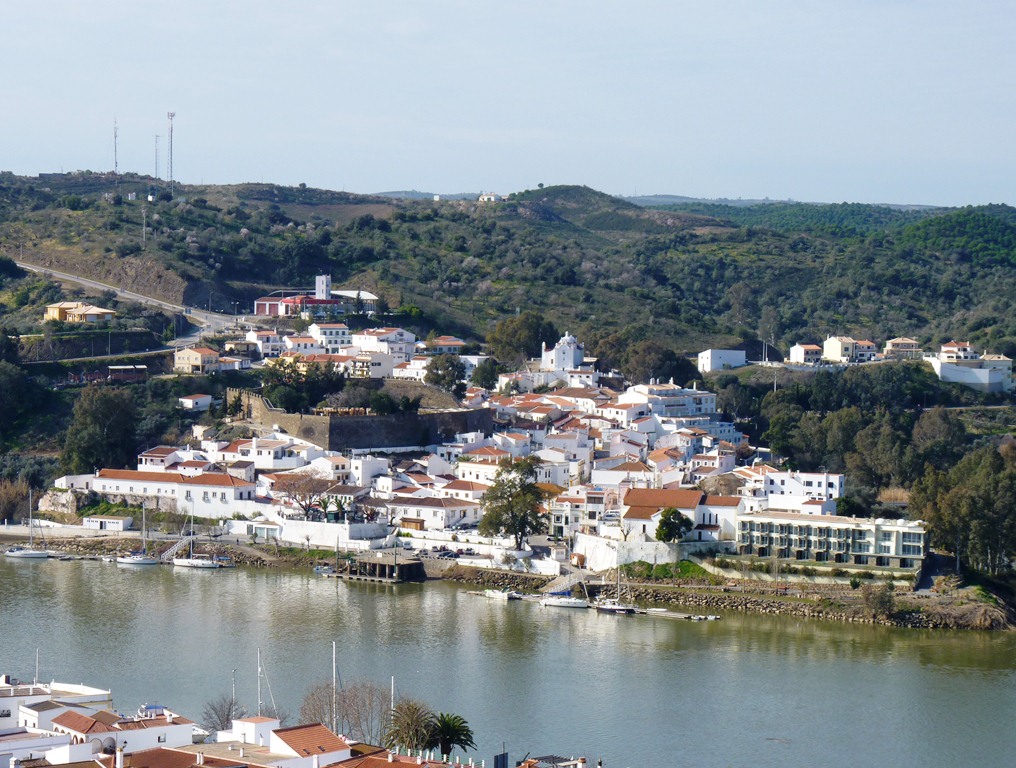
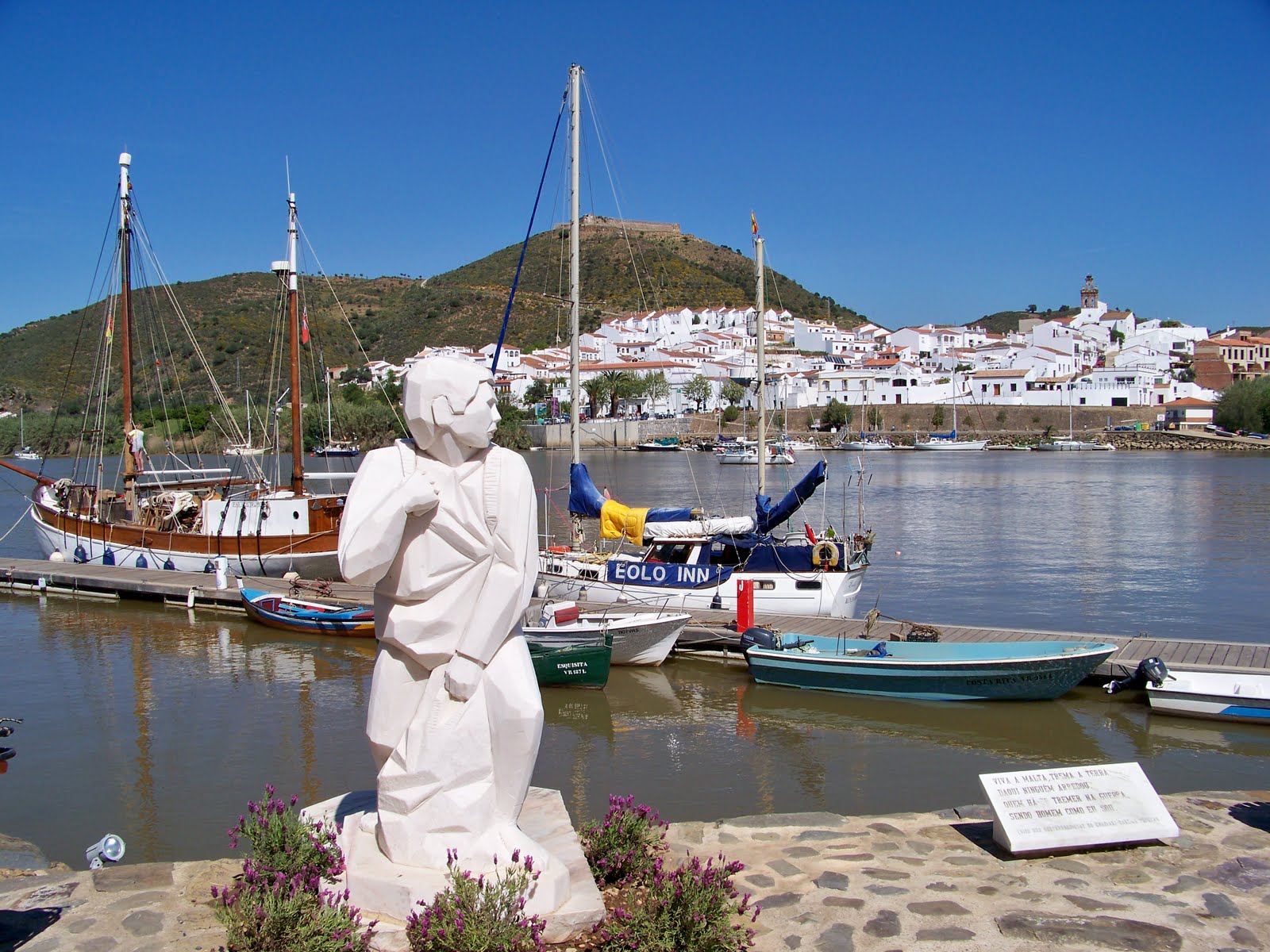
Statue of Smuggler – present in the urban landscape of Alcoutim, this is a work of Teresa Paulino sculptors Pedro Felix, who is in the downtown area of Alcoutim, beside the Guadiana river, and alluding to the smuggling, which existed in all its margin. Though illegal, this activity was important as a means of subsistence alcoutenejos. Living pastoralism and agriculture, especially in cereal production, the alcoutenejos exchanged often these activities by smuggling more problematic and more risky but more profitable.
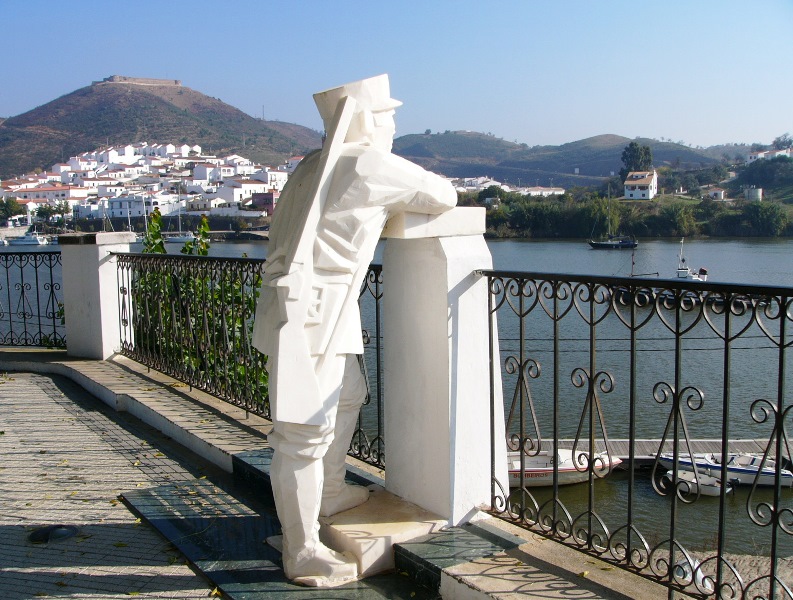
Statue of Fiscal Guard – In the lower area of Alcoutim in kiosk gazebo, next to the Guadiana River, this statue is constantly watch the river. It is a work of sculptors Teresa Paulino Pedro Felix.

Statue of fisherman – Teresa Paulino Pedro Felix, this work is a tribute to the fishermen who were fishing as the main activity for the livelihoods of coastal communities. In the seventeenth century, Alcoutim was considered a fluvial fishing zone or fishing focal point in the Guadiana. His art and knowledge of fishing vessels was part of the local people life. Candeio fishing, fishing spoon, fishing trammel nets shall mean the Covo, the Nassa, the longline and Tapa Esteiro, were some of the fishing techniques used.
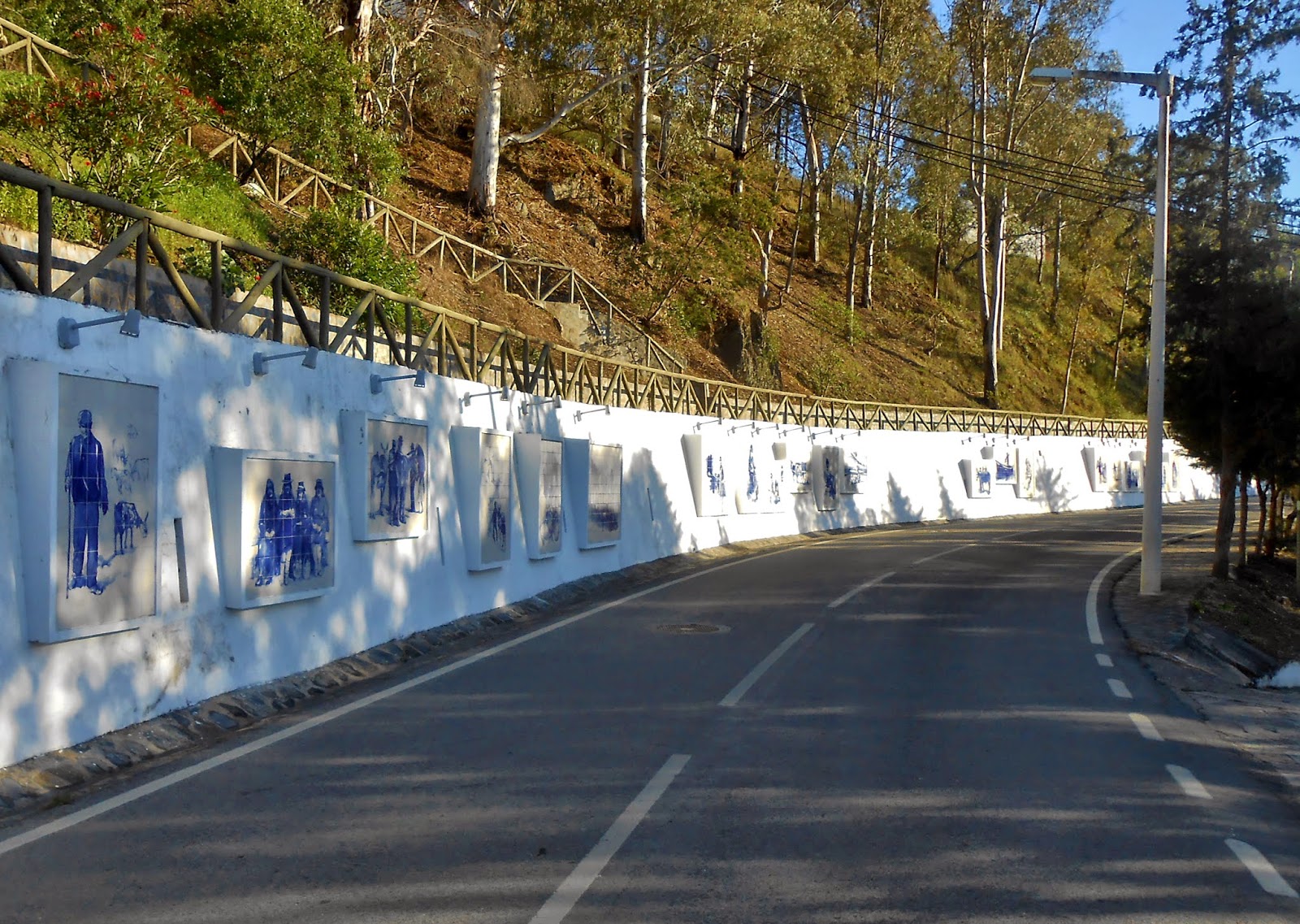
Wall Tiles – This commemorates the alcouteneja wealth and is the west entrance of the village, and by Carlos Luz, this is composed of 31 panels that tell stories and preserve Alcoutim. The number of people who passed through Alcoutim and contributed to the cultural richness that is currently enjoyed, since the delivery of the Foral Alcoutim by King Dinis in 1304, the Treaty of Peace, celebrated on March 31, 1371, between the kings Ferdinand and Henry II of Castile – Reconciliation of Alcoutim, the people of the land and its natural expressions, life in the Guadiana river and ancient professions ranging already being forgotten, are all designed these panels.
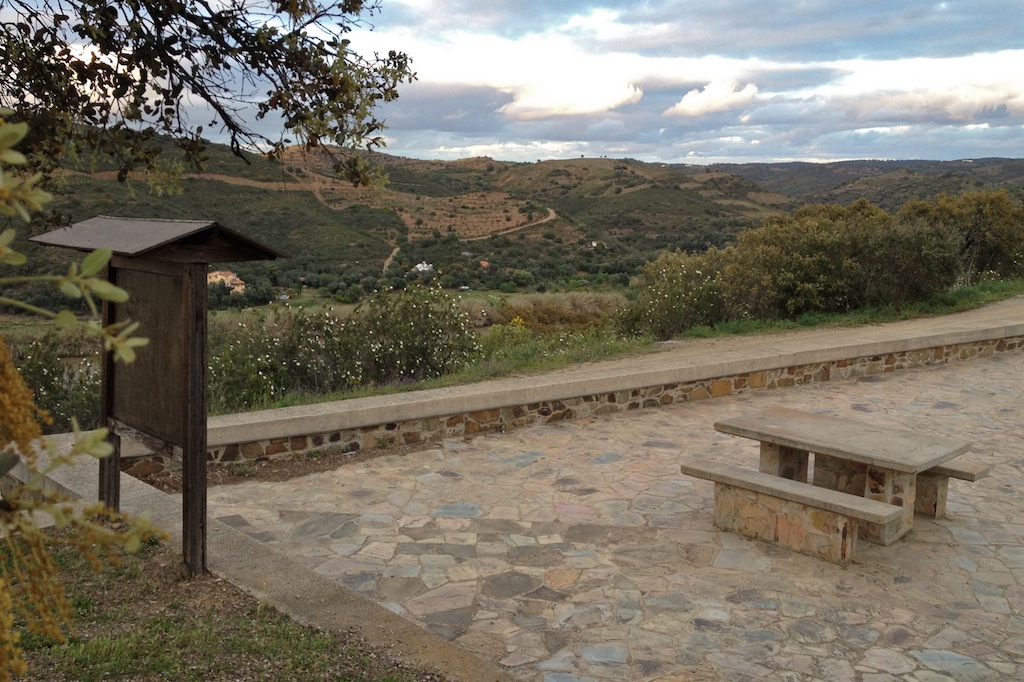
Guadiana viewpoint – a privileged place, with the view of the Guadiana river and the surrounding landscape, this viewpoint is a perfect place to relax and quietly enjoy the natural wealth of this area of the Algarve hills. It is located Alcoutim and River Warriors.
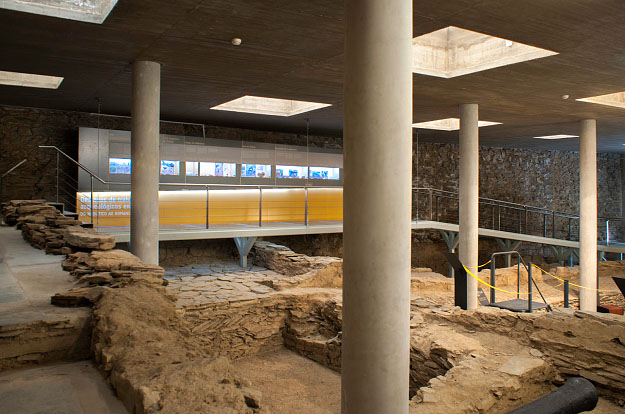
Center for Archaeology – Opened in 2000 and renovated in 2003, 2006 and 2011, this nucleus is located in the village castle, exposing the archaeological heritage of the municipality of Alcoutim and featuring a historical journey, for over 5,000 years. This estate is based on the historical period, counting from the Neolithic to the Early Modern Period, the relevant archaeological research. This also promotes the appreciation of the visitable archaeological heritage, as Menhir Lavajo and the Roman Villa of Montinho das Laranjeiras, which complement any display core, aimed at raising awareness and promotion of cultural heritage, and above all, these all are seen as success of a strategy to diversify tourism products.
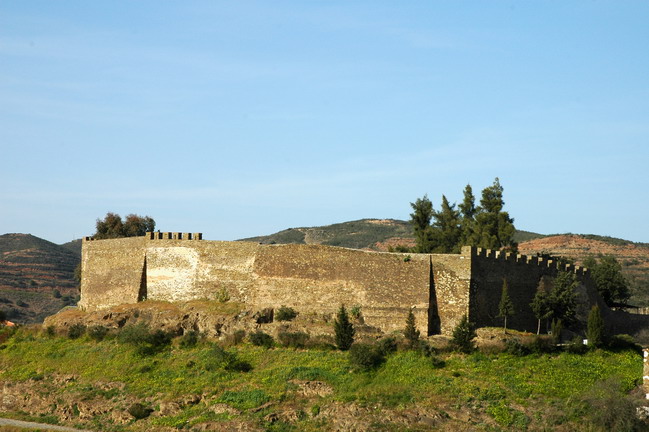
Alcoutim Castle – its construction began in the reign of King Dinis, in the fourteenth century, with the mission of defending the coastline and control, so all trade Guadiana river. Its function was maintained until the year 1878, when the enclosure has functioned as a “butcher”. In 1960, it obtained works of consolidation and restoration, by the General Directorate of National Buildings and Monuments. From the year 1992, the Municipality of Alcoutim performed a revitalization project that resulted in the classification of this as a Public Interest. The castle is open every day from 08:30 to 16:30, ending January 1, 24, 25 and 31 December.
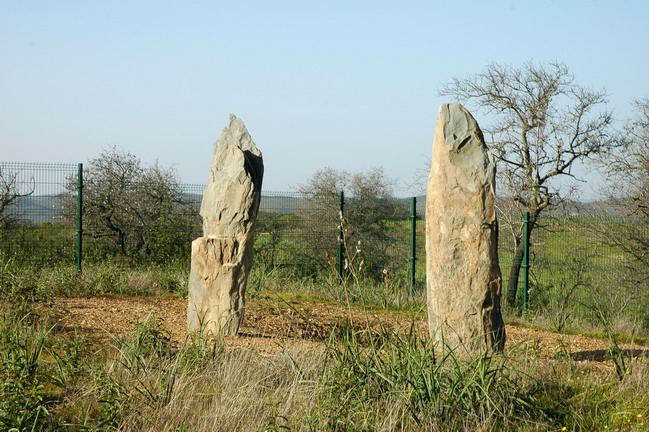
Menhir Lavajo – a prehistoric megalithic time, not funerary,, the transitional time of the Late Neolithic and Chalcolithic Initial (3,500 / 2,900 BC). This consists of two cores menhirs alignments, where a contains three standing stones and the other four are visible wakes-standing stones. Between 2002 and 2003, valuation of works were carried out in order to protect the only known throughout the Eastern Algarve.
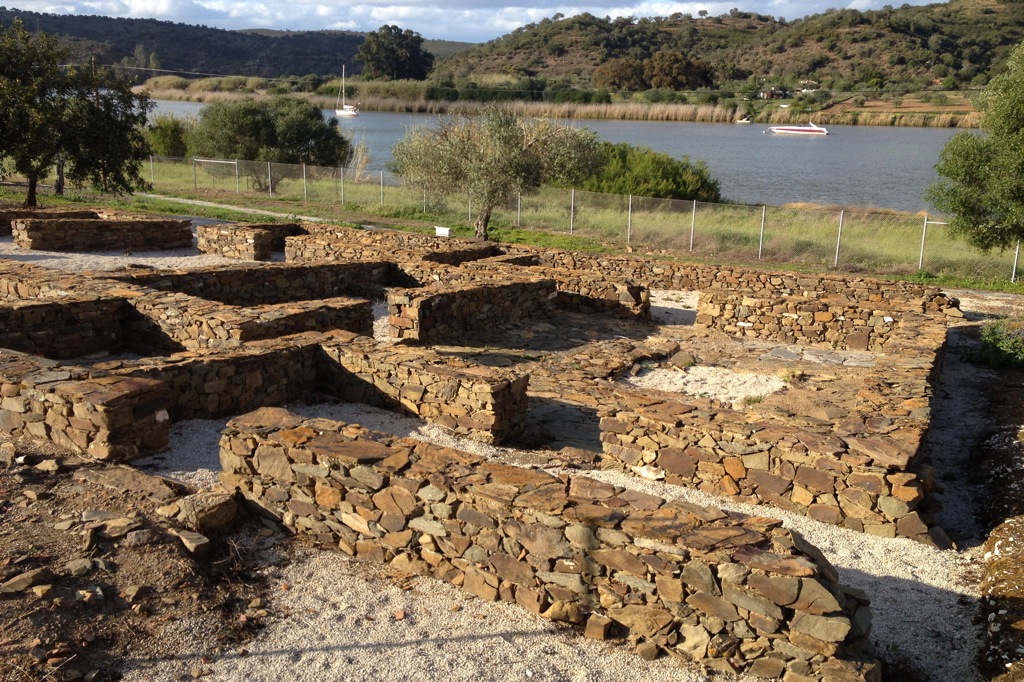
Montinho ruins of Orange – 10 kilometers south of Alcoutim, this site was exposed after the great flood of the Guadiana, in the year 1876, having been excavated immediately carried out by the Estacio da Veiga archaeologist, who concluded that these ruins were part of a Roman villa. After years of research and excavations, these ruins are presented in three different areas: fructuaria oars in Roman times, ecclesia Visigoth and buyut, Islamic.
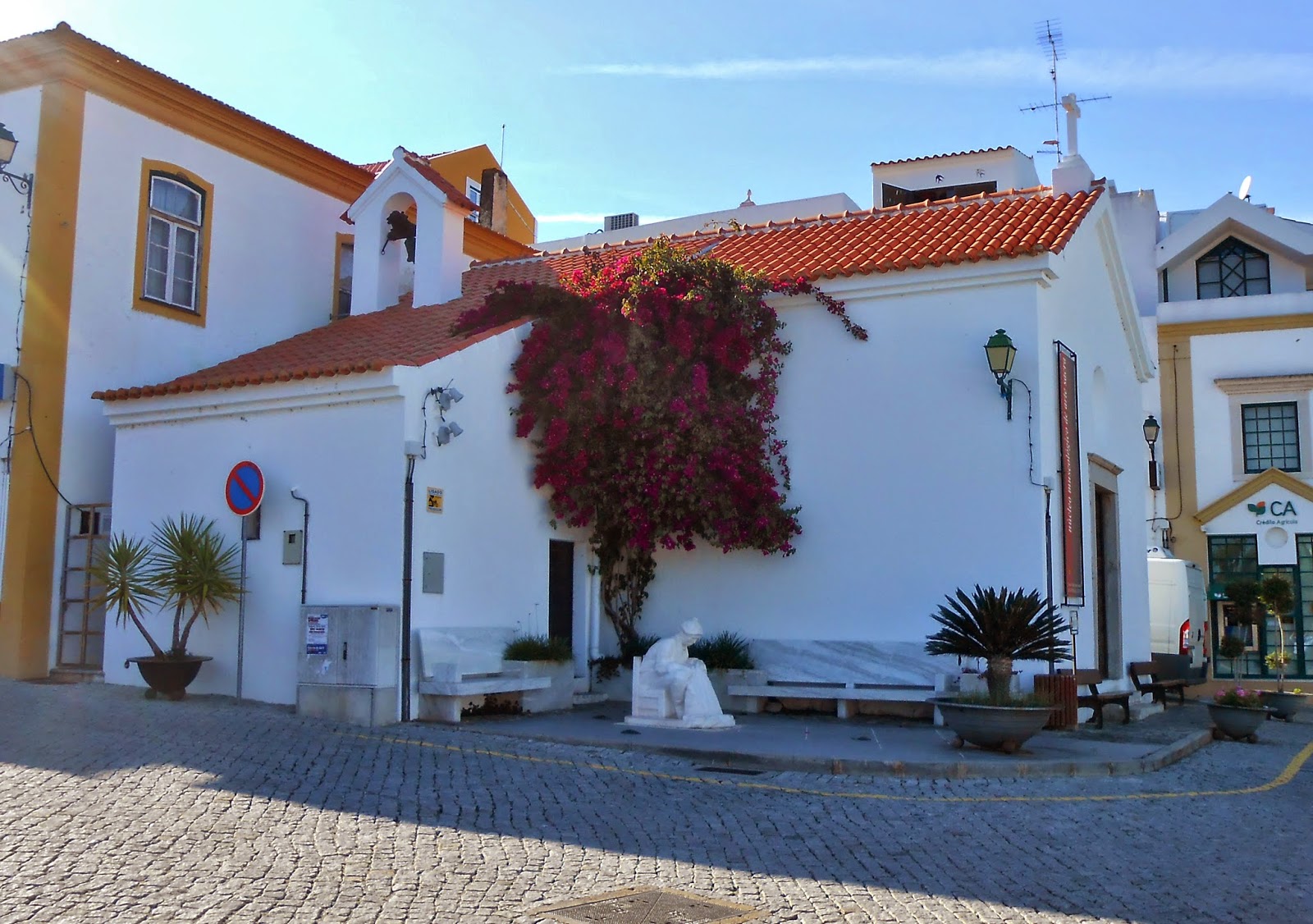
Santo António Chapel –not completely known the date of its construction is colcada the hypothesis that had been erected in the late sixteenth century and early seventeenth century, the Counts of Alcoutim, due to the proximity to the residence of the Counts. In 2008, it received the refurbished Museum Centre of Sacred Art.
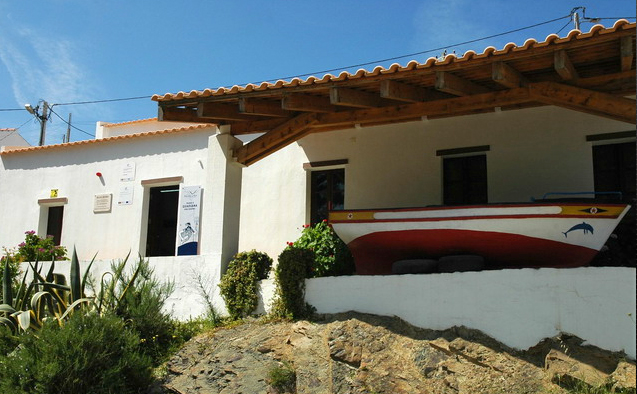
River Museum – 8 kilometers south of Alcoutim, this museum offers an exhibition where the central focus is the Guadiana river, telling his story, link to the ore, highlighting the natural and cultural heritage that are related, such as artisanal fishing, gastronomy and the activity of smuggling during the New State period. It is open every day from April to September from 09h30 to 13h00 and from 14h30 to 18h00 and from October to March from 09h00 to 13h00 and from 14h00 to 17h00.
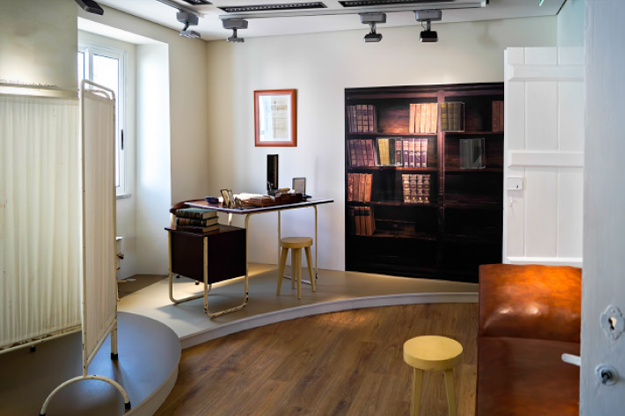
Museological Dr. João Dias – It is the old Hospital dependencies of Alcoutim Mercy and presents a valuable exhibition on the life and work of physician and surgeon João Francisco Dias (1898-1955). This consists of a library, which exposes all office equipment, medical instruments and surgical supplies, personal objects, photographs and newspapers of the time with references to his personality. This is open Monday to Friday from 08h30 to 13h00 and from 14h00 to 16h30.
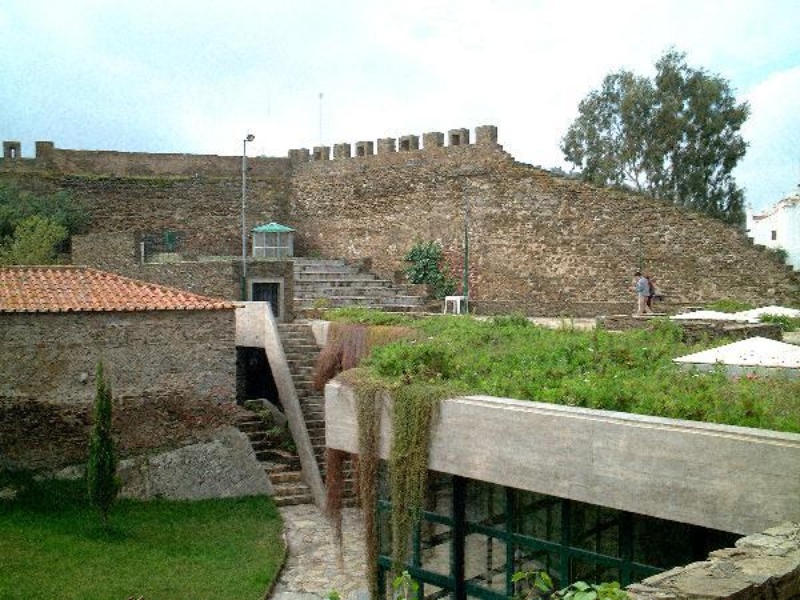
Wall Seventeenth Century – this was started in 1660, under Staff Sergeant order Manuel de Sousa de Castro and the military engineer Pedro de Santa Colomba. Alcoutim was fully surrounded by walls, making up for itself a true war square. This wall was intercepted by Port of Tavira, Gate of Mértola, the Guadiana River or Port.
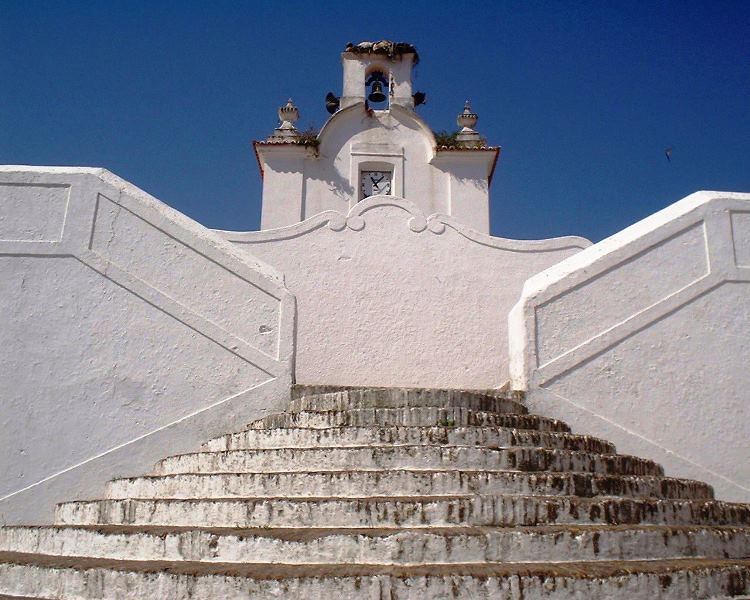
Ermida de Nossa Srª da Conceição e Escadaria Barroca – sem conhecimento da data da sua fundação, esta é composta por uma nave, com cúpula rematada por um lanternim cego a cobrir o corpo que corresponde à capela-mor. Já a Escadaria Barroca foi construída por engenheiros militares, na segunda metade do século XVII até aos inícios do século XVIII, que visava interligar a Ermida à Vila.
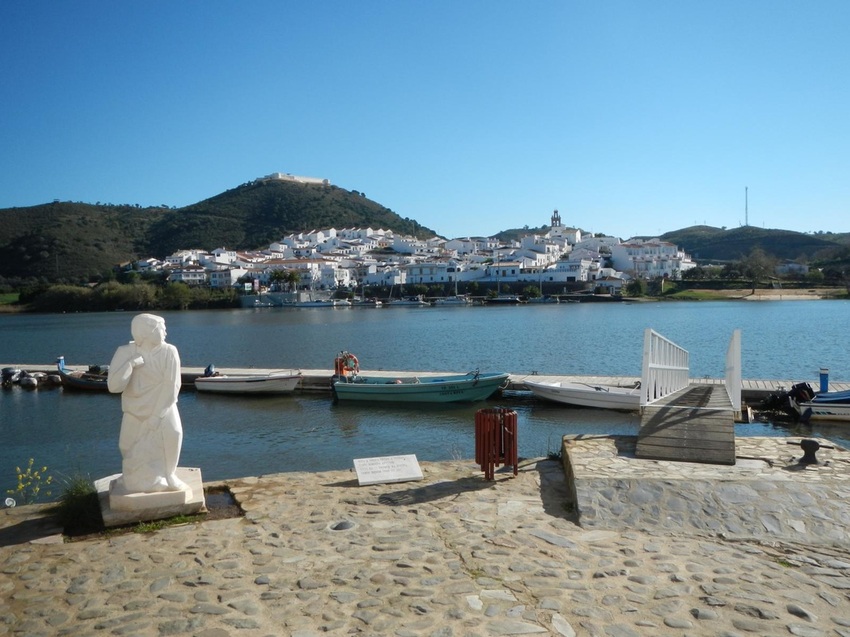
Old pier – meeting, crossing boatmen, mule drivers, guards, smugglers, doctors and priests who served Alcoutim and Sanlúcar de Guadiana, this pier was for many years the main port receiver trade and passengers who sailed the waters of the Guadiana, establishing contact with Alcoutim through the River Gate.
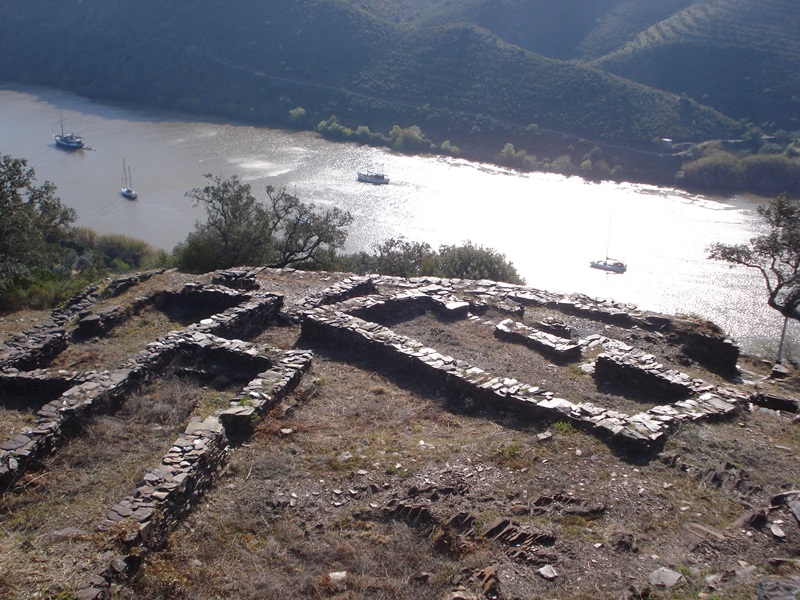
Old Castle – a defensive structure of the Islamic period, built between the century VII and IX, and later abandoned for a period of instability, from local revolts. This is one kilometer north of Alcoutim, located in a zone overlooking the Guadiana river, in the hill of Santa Barbara. Its function would be by a military fort, with a rural fortified palace, which served as the home of a Muslim group, possibly the Berber tribe of the Kutama, which controlled all commercial river traffic.
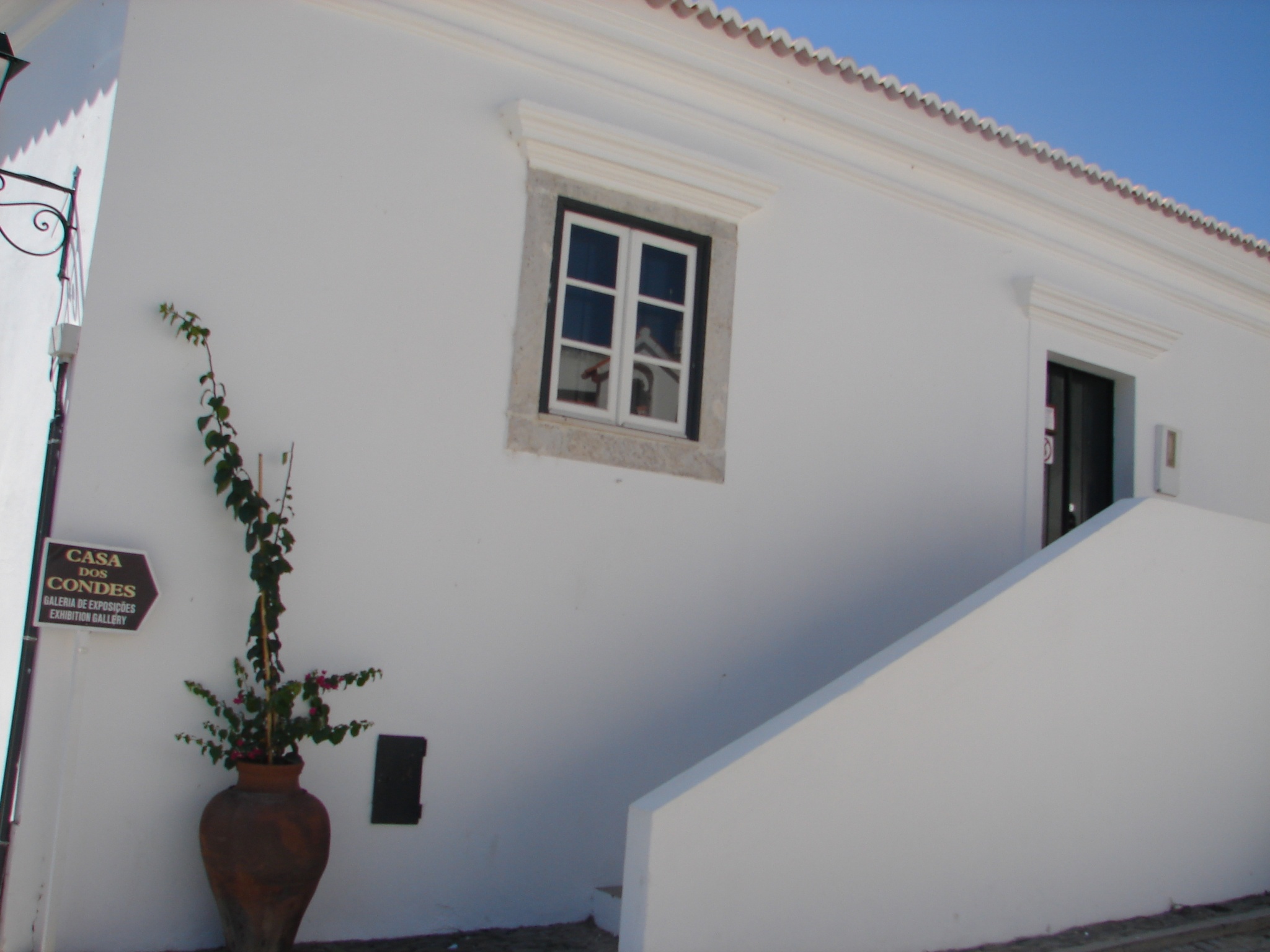
House of the Counts – a medieval building which later underwent architectural changes made by military engineers during the seventeenth and eighteenth centuries, housing the Counts of Alcoutim. Between 1997 and 1998, this house was remodeled by taking the role of Municipal Library. This is open Monday to Friday from 08h30 to 13h00 and from 14h00 to 16h30.
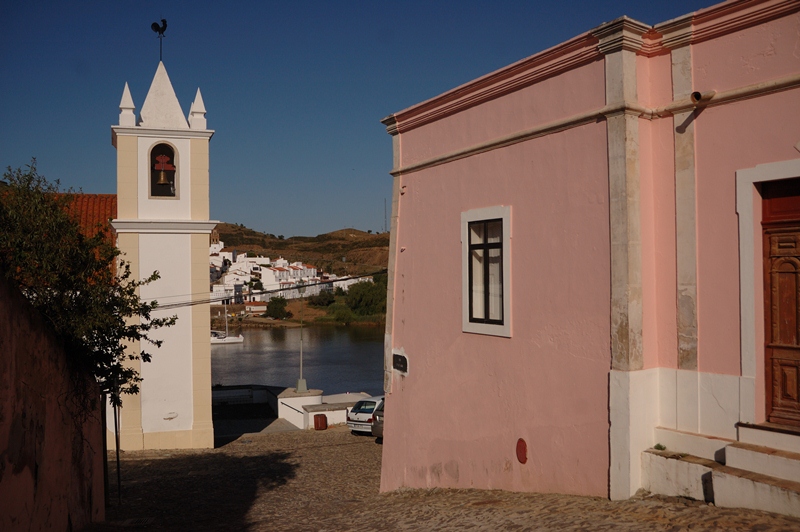
Casa Baluarte – a building with bastions walls, suggest that outside the old Alcoutim Guard Corps, renovated by military engineers during the late seventeenth and early eighteenth century, adopting the military functions. This is indicated in the drawings of the military engineer José de Sande Vasconcelos, from the late eighteenth century.
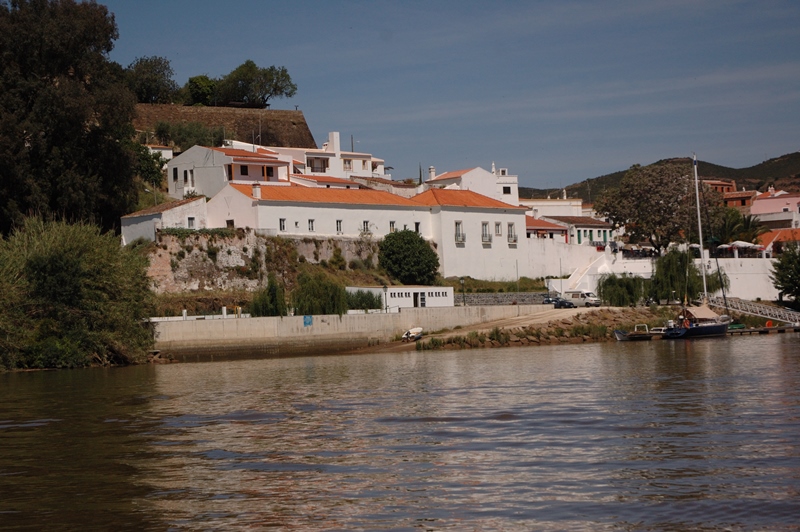
Old Customs – the mid-sixteenth century, this building underwent architectural changes and renovations made by military engineers. This has a strict, functional and simple architecture with a parallel lateral facade to the Guadiana river. Currently, this is the seat of the Finance Alcoutim Service.
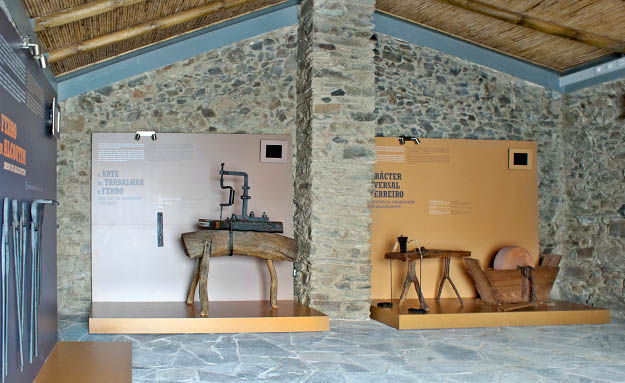
House of the Blacksmith – in the village of Pereiro, this house is a space dedicated to objects and blacksmith profession memories, also featuring a documentary that shows the memories connected to the art of iron and fire. It is open Monday to Friday from 09h00 and 13h30 and 14h00 and 16h30, ending the holidays.
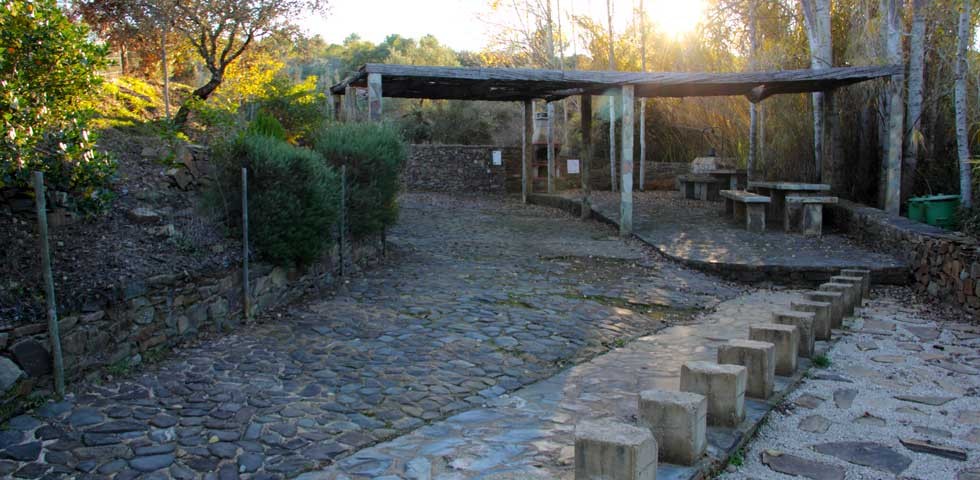
Parra Fountain – Cowboys near the dam, this place was fairly valued with the construction of a picnic area and a geriatric circuit, always being surrounded by nature, providing moments of rest and leisure.
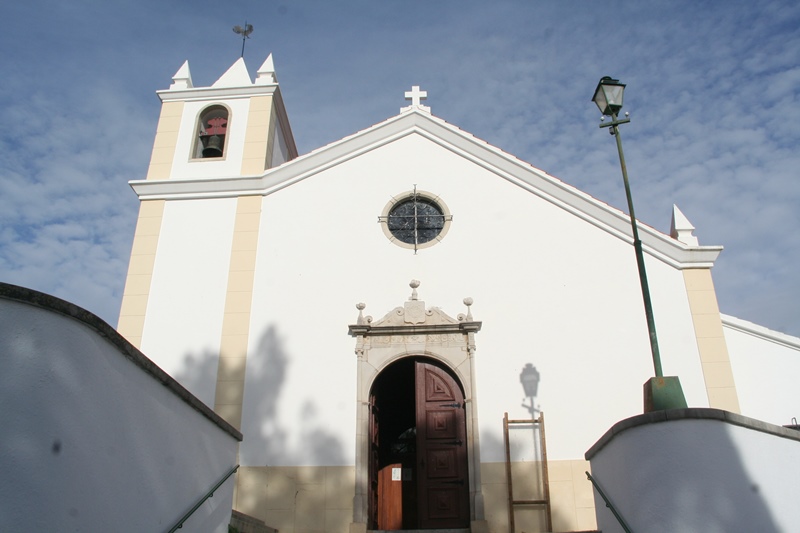
Mother Church of S. Salvador – the first church Alcoutim matrix was built in the fourteenth century, with only one ship. But the second half of the sixteenth century, with sponsorship of the Counts of Alcoutim, this church has expanded to three aisles, four bays and capitals with curved abacuses. Its main portal, columns, bases and capitals are from Tavira, possibly executed in the workshop of master mason André Pilarte. Currently, this church is one of the best examples of the first Renaissance in the Algarve.
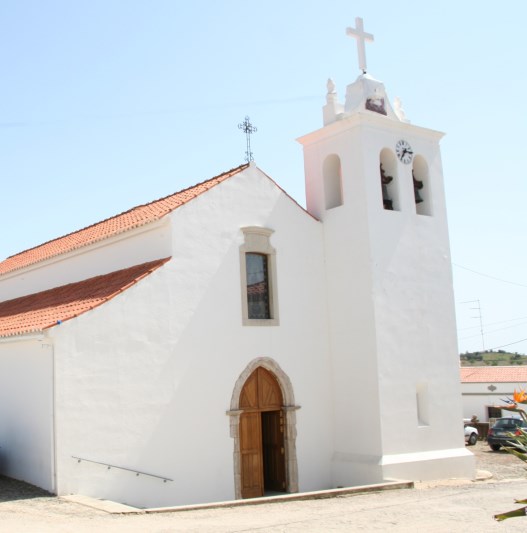
Mother Church of Martim Longo – Invocation to Our Lady of Conception, this XVI century church with gothic portals, whose chancel of 1554, distinguishes of the oldest churches in the county.
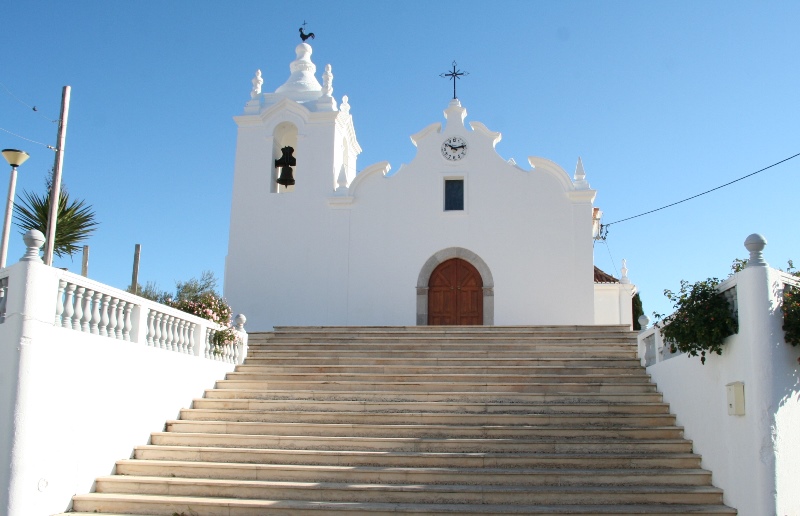
Mother Church of Vaqueiros – one sixteenth-century temple, invoking St. Peter, this was completed in 1565, obtaining later renovations in the eighteenth century, in effect the Rococo style, which is one of the architectural most significant examples of the county.
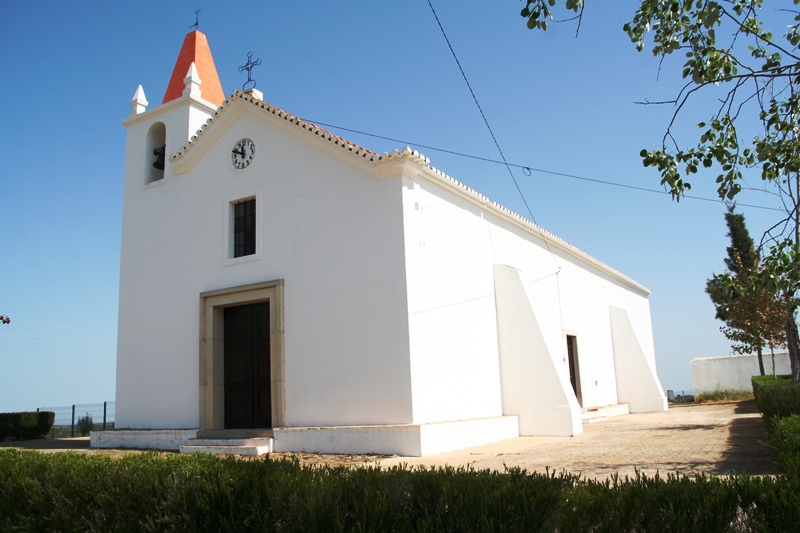
Mother Church of Pereiro – as some documents, it was built in the first half of the sixteenth century, in which your body has one of the most interesting sets of altarpieces of the Algarve northeast, including the altarpiece of souls, only surviving copy of mannerism, the sixteenth century.
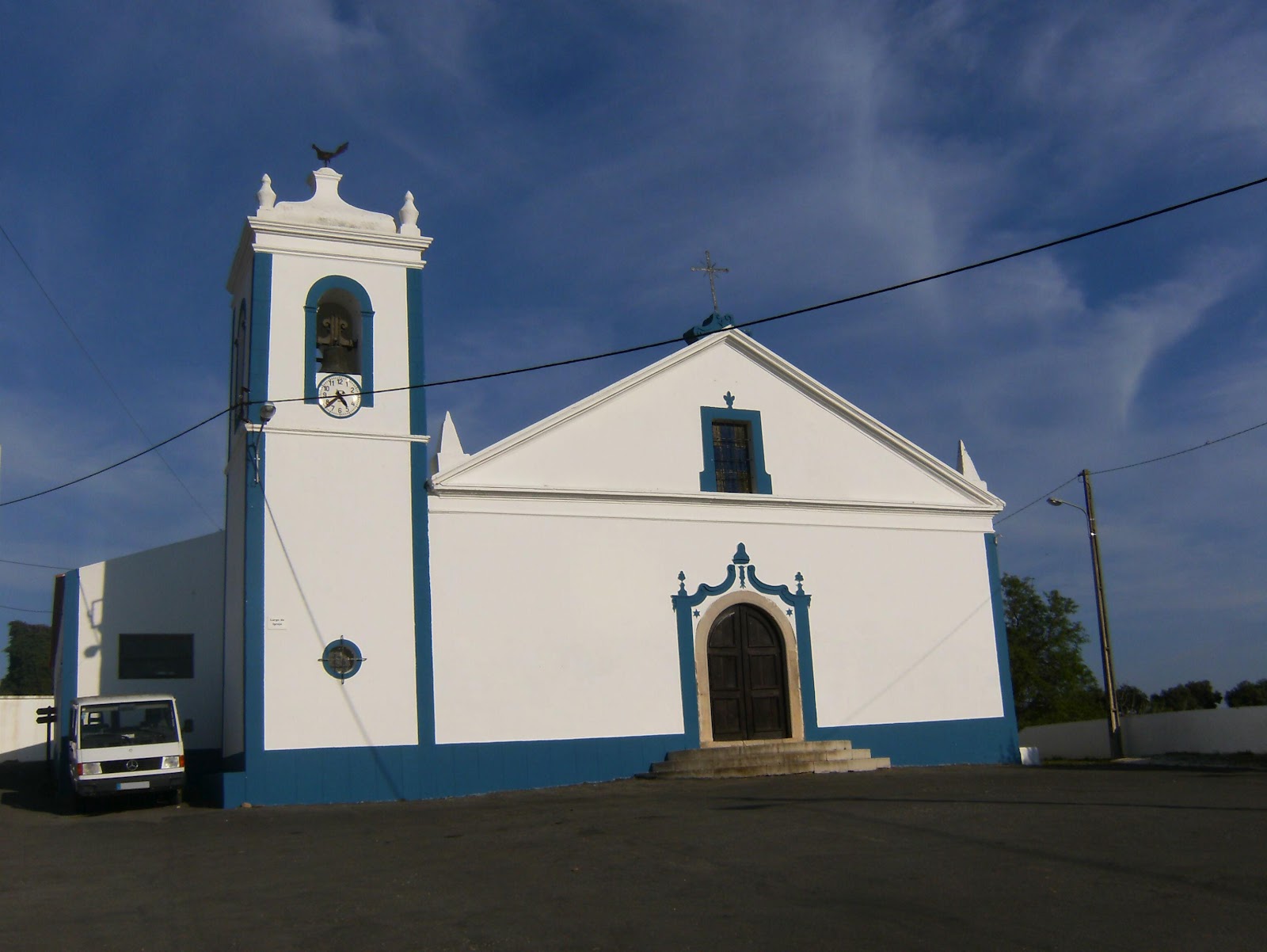
Mother Church of Giões – one sixteenth-century temple with three naves with wooden cover and five sections of arches supported on columns with Tuscan capitals. Its chancel boasts a ceiling decorated with paintings of the seventeenth century and its neoclassic altarpiece present the image of Our Lady of Assumption.
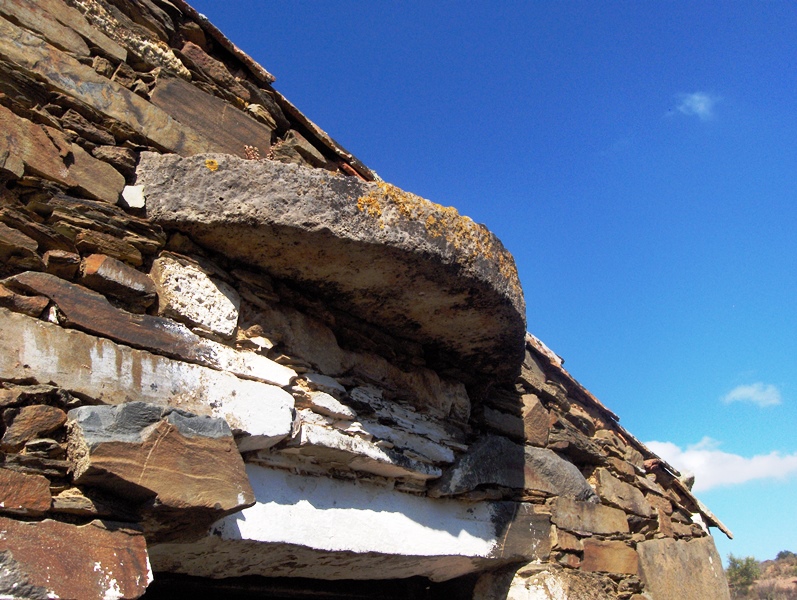
Furadouros Water Mills – the Alcoutim water mills dating back to the late sixteenth century, aiming at the transformation of grain into flour through the driving force of water passing. The Furadouros of water mills have a unique feature, and they ground the two with the same water, taking advantage of the geographical terrain conditions.
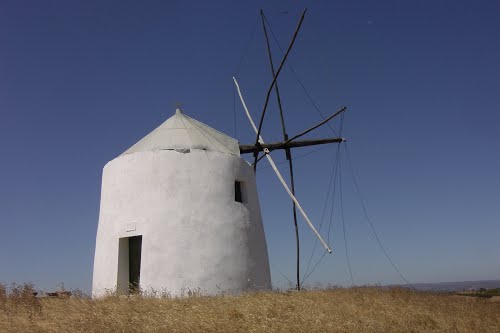
Mill Pereirão – without a date of origin, the mill passed from generation to generation, being restored to reach the present time as the one to grind grain. In the 1950s and 1960s, it was transformed into a showroom with all the elements and materials used at the time. While the classroom, this are nostalgic memories of primary school. This museum is open from April to September from 14h00 to 17h30 and from October to March from 14h00 to 17h00.



